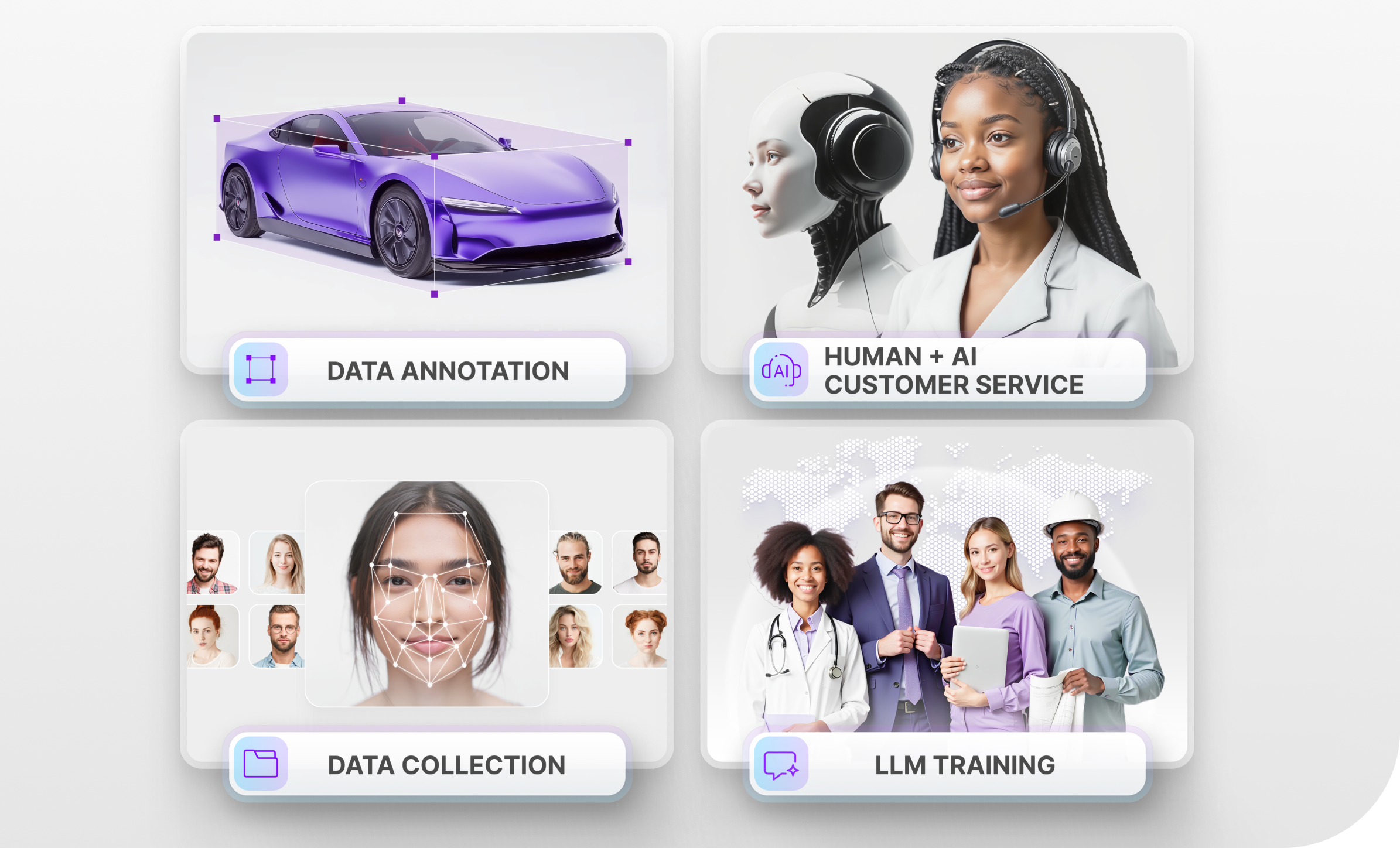Important Metrics You Need to Monitor to Measure the Effectiveness of Your Customer Support
Published date: 01.07.2021
Read time: 6 min
During the COVID-19 pandemic, companies have started making high quality customer support a top priority. In fact, 45.9% of companies are placing greater importance on the customer experience over things like pricing and their products. This is a dramatic shift from the past decade since today we are seeing that more than two-thirds of companies now compete primarily on the basis of customer experience – up from only 36% in 2010. Since offering your customers a positive customer support experience is so important, you need to monitor certain metrics to make sure your customers are satisfied. Today we will share and explain some of these metrics so you can start gauging the level of your customer support and make improvements where needed.

1. Customer Satisfaction Score (CSAT)
While many companies have their own definition of customer satisfaction, it is better to let the customers themselves tell you whether they are satisfied or not. The reason for this is because when you have your own predetermined definition of what a satisfied customer looks like, you cannot account for the problems that you don’t see. While this does not mean that you should not have certain standards, you should be more focused on the customers’ expectations. So, how should you go about measuring the CSAT score? Consider asking the customers how satisfied they are with a particular interaction with your customer support team and offer them a few choices such as:
- Very unsatisfied (1 point)
- Unsatisfied (2 points)
- Neutral (3 points)
- Satisfied (4 points)
- Very satisfied (5 point)
Then take the average for a composite customer satisfaction score. The CSAT score is one of the most important metrics we, at Mindy Support, use to measure the effectiveness of our customer support.
2. Service-Level Agreement (SLA)
The SLA outlines the level of service that the customer can expect from the service provider and which KPIs will be measured. The SLA can include the CSAT score and other metrics talked about in this article, but can also encompass things like 24/7 availability, an acceptable response rate, and many other metrics. It might also include certain penalties and remedies if the conditions of the SLA are not being met. The reason the SLA is so specific is because it ensures that both sides have the same understanding of the requirements.
3. First Call Resolution (FCR)
Just like the name suggests, first call resolution measures the service provider’s ability to resolve questions, problems, or needs the first time the customer calls in. The FCR encompasses customer satisfaction and also the efficiency of your customer support agents. Therefore, when measuring the FCR, be sure to measure the average time spent on a customer call. Your goal should be a high first call resolution combined with a low talk time. The benefits of tracking the FCR have been shown in a recent study by the Ascent Group, which found that 60% of companies that measure FCR for 1+ year report a 1 to 30% improvement in their performance.
4. Average Handle Time (AHT)
The average handle time is the amount of time it takes to handle a call or transaction from start to finish. The AHT includes things like talk time, hold time, and any related tasks an agent must perform post-phone call to resolve that call. The time it takes to do all of the things mentioned would be added up and divided by the total number of calls. It is important to note that while companies aim to have a low AHT, you should not ask your agents to rush to close tickets instead of actually resolving the issues. This might lower your AHT, but it will not lead to more satisfied customers.
5. Average Resolution Time (ART)
At first glance, it may seem like the ART and the AHT are identical, but the ART accounts for one additional metric: hold and wait time. When the customers first call in or contacts you via instant chat or any other method, they might need to spend some time on hold waiting for an agent to answer their call, inquiry, or get a response. This additional time is included in the ART and if your ART is consistently very high, it might indicate that your current support processes are inefficient or that your agents’ workloads are too high.
Trust Mindy Support With All of Your Customer Support Needs
If you are looking to extend your in-house support team or set up an entire offshore customer support team, Mindy Support can provide everything you need to take this burden off your shoulders. We are one of the largest BPO providers in Eastern Europe with more than 2,000 employees in 6 locations all over Ukraine. Our size and location allow us to source and recruit the needed number of candidates within a short time frame and we will be able to scale your team quickly as well. Contact us today to learn more about how we can help you.





